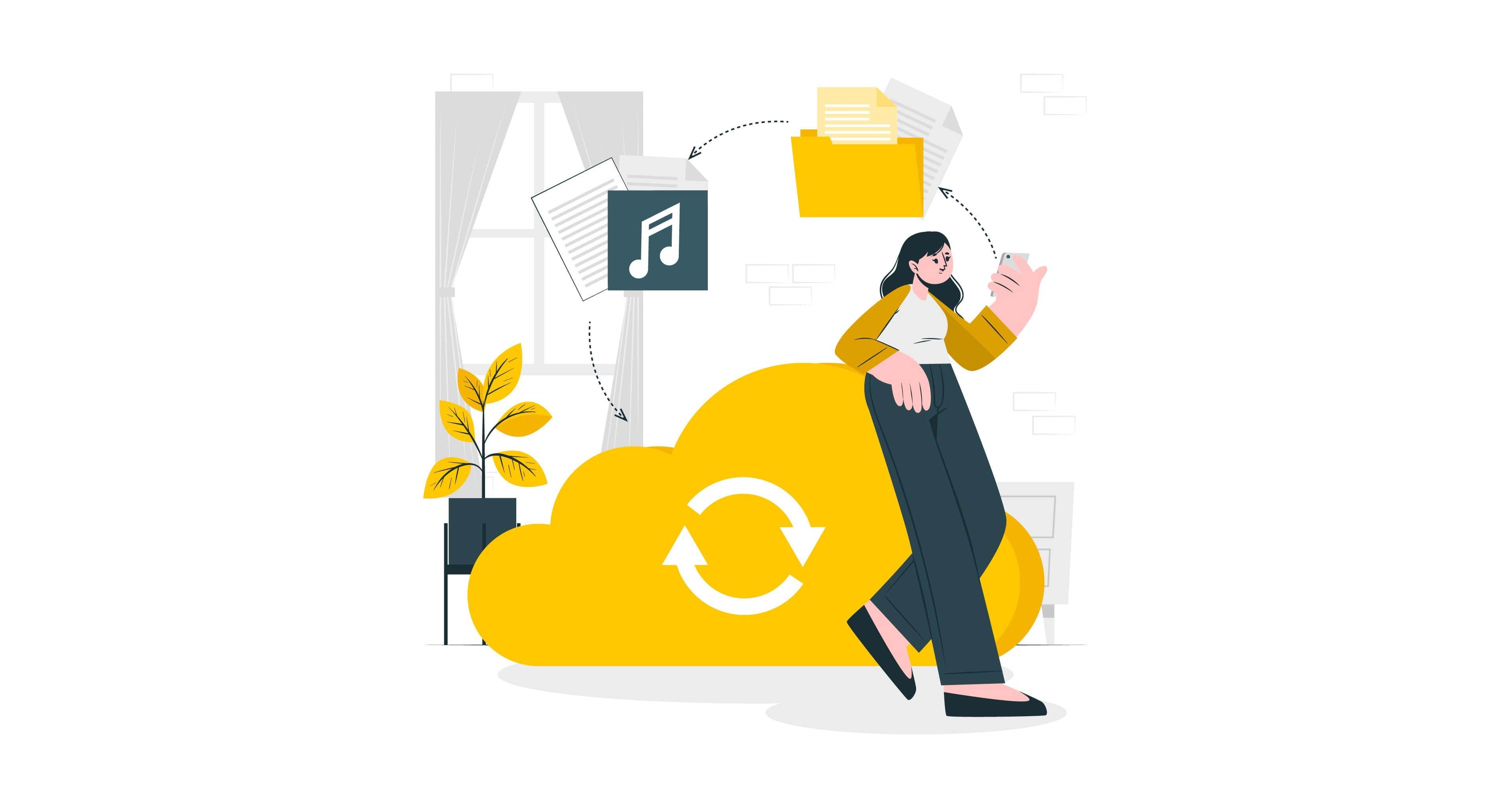Before we get into Modern Disaster Recovery, what precisely are modern disasters? Conventionally, we would associate the word ‘disaster’ with natural phenomena like fires, floods, hurricanes, etc. But in the modern era of technology, the setbacks we face have more to do with ransomware, malware attacks, data breaches, hardware failure and accidental deletions.
When these disruptive events occur, recovery time takes precedence. Unfortunately, companies with multiple data protection tools have a longer recovery period, more manual steps and are more vulnerable to errors.
Therefore, a Modern Disaster Recovery plan should cover physical and virtual servers, cloud environments, databases and so on. Many organisations are turning to a single comprehensive solution for everyday data management needs and preparation against disaster scenarios.
Reasons Why Your Business Needs a Modern Disaster Recovery Plan

1. Ransomware as a leading cause of outage
One of the most significant threats today is cybercrime, especially ransomware. Like most technologies, malware is also evolving, with new threat variants that are more robust due to the sharing of techniques between cybercriminals. This development has rendered traditional backup processes far from optimal.
2. DR plans need preparation, testing and verification
Having a DR plan is a necessity that requires plenty of preparation, management, and testing regularly. It may not always be a priority on your list, but if done right, your business will be ready when disaster strikes. Proof of backup is essential. You wouldn’t want to discover your DR plan defective when it’s failing during such events.
Read More: Disaster Recovery Testing Malaysia: Why Regular Drills Are Essential
3. Your time window for recovery is scarce
Modern Disaster Recovery plans are invariably cloud-based and provide near-instant restoration of business data, applications and connectivity. This solution is preferable today because of the cloud’s low cost and geographical advantages. As a result, replicating your IT infrastructure offsite has become an affordable norm, enabling a fast Recovery Time Objective (RTO).
4. DR should be comprehensive
Contrary to older DR approaches, a modern DR plan comprehensively applies the same priority level to a broad scale of digital assets. So, modern DR uses ‘image-based backup’ where everything is copied to the cloud rather than only prioritising recovery based on critical systems or data. Good news for you; no more quick restorations for System A while System B takes the backseat for another week.
5. Flexibility in recovery and backup needs
In case a data centre-wide disaster does happen, you want to be ready. Thus, it’s vital to recover files or restore entire servers frequently, perhaps even daily. Ensure that managing data across on-premise and cloud storage locations from a single user interface can be done during these disruptions.

Benefits of Aegis CDR
Aegis Disaster Recovery As-A-Service (DRaaS) is a cloud backup service model that helps you prevent stoppage of applications and data from disasters.
Successively, it enables companies to have a redundancy infrastructure at the DR site so that they will be able to resume business there at the shortest downtime possible, even during modern disasters. Moreover, Aegis DRaaS is a cost-effective solution with complimentary unlimited DR resources for organisations implementing Cloud DR and test drills all year round.
Feel free to find out more about the cloud computing services offered by Aegis.












